2020 Gasser Wars: Ford 7.3L vs GM 6.6L
10 years ago, if you said Ford and GM would be developing big displacement V8 gas engines in 2020, you’d probably get a lot of weird looks and laughs. Yet, here we are. Just months before hitting the market, both companies have released technical details on their latest pickup truck gas engine offerings. Thanks in part to new technology and innovation, powerhouse V8s in trucks have become as efficient as ever, and they’re even selling better than anyone imagined. It’s no surprise that Ford and GM are capitalizing on the trend, and bringing forth new and exciting options for prospective truck owners. But who’s got the better product? In this article, we’ll identify the key components of each new engine and compare their specifications.
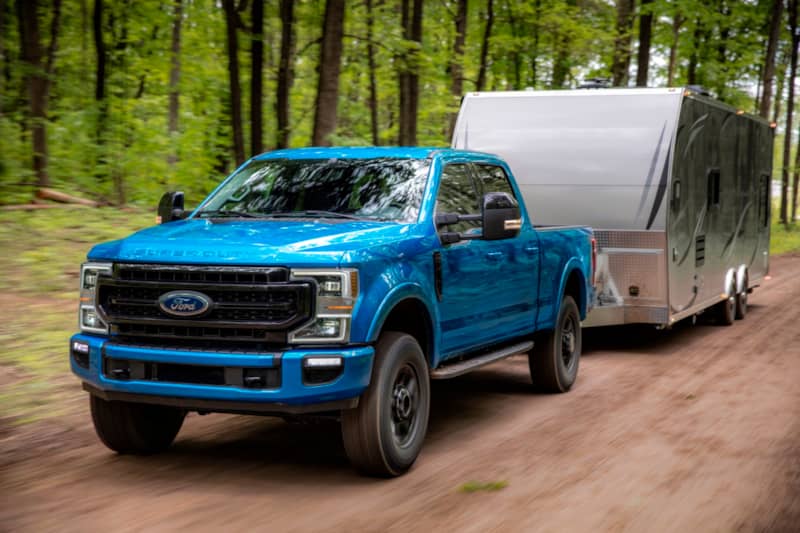
Ford 7.3L V8 “Godzilla”
The news of Ford’s new big block earlier this year hit the internet like a tidal wave. Gearheads in particular dreamed of all the projects that could use a big displacement pushrod Ford gasser. But when the power numbers were revealed in August, some felt cheated of their big horsepower dreams. Ford’s new iron block 7.3L gas engine is said to be offered in an array of F-series Super Duty pickups, all the way up to their medium duty F750 trucks. The new engine, dubbed “Godzilla”, is said to produce 430hp at 5,500rpm and 475ft-lb of torque at 4,000rpm. While not blistering power for such a large V8, there are several theories to explain it.
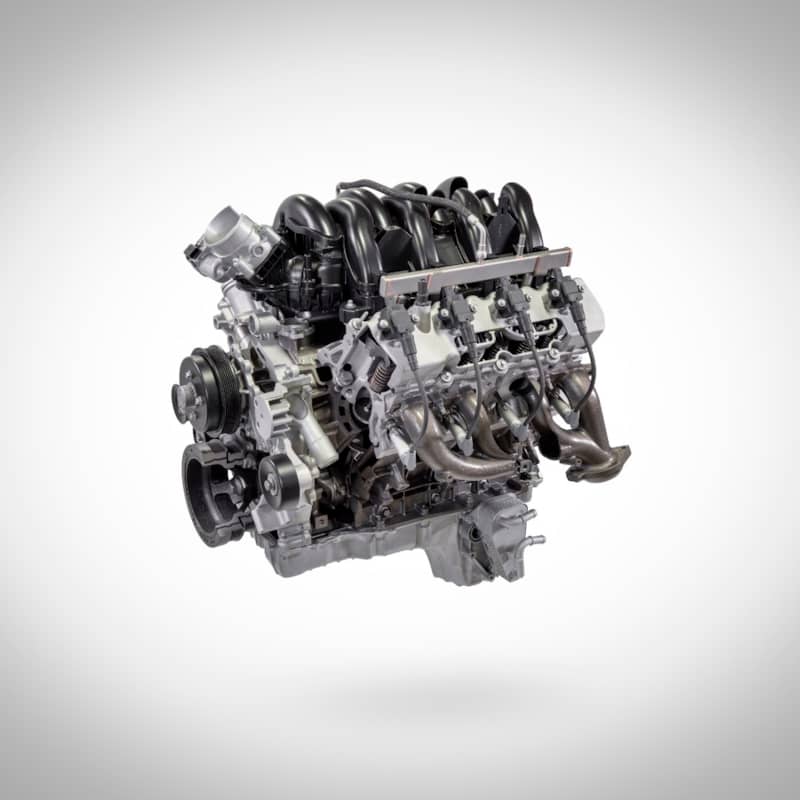
Because this engine was developed for pickup trucks, it was engineered to perform best when doing the kind of work a pickup truck normally does. As advertised, the peak torque is made at 4,000rpm, which is relatively low. This is likely to aid while towing and hauling, or climbing grades. Ford designed this engine to perform well, but didn’t give it enough power to hurt itself.

Quoted from Ford’s press release: “The 7.3-liter is designed for maximum durability in the harshest environments given that our customers live and work in these conditions every day,” said Joel Beltramo, Ford manager for gas V8 engines. “This engine has the largest displacement in its class and is designed to provide benefits in key areas like power, durability, ease of maintenance and total operating costs.”
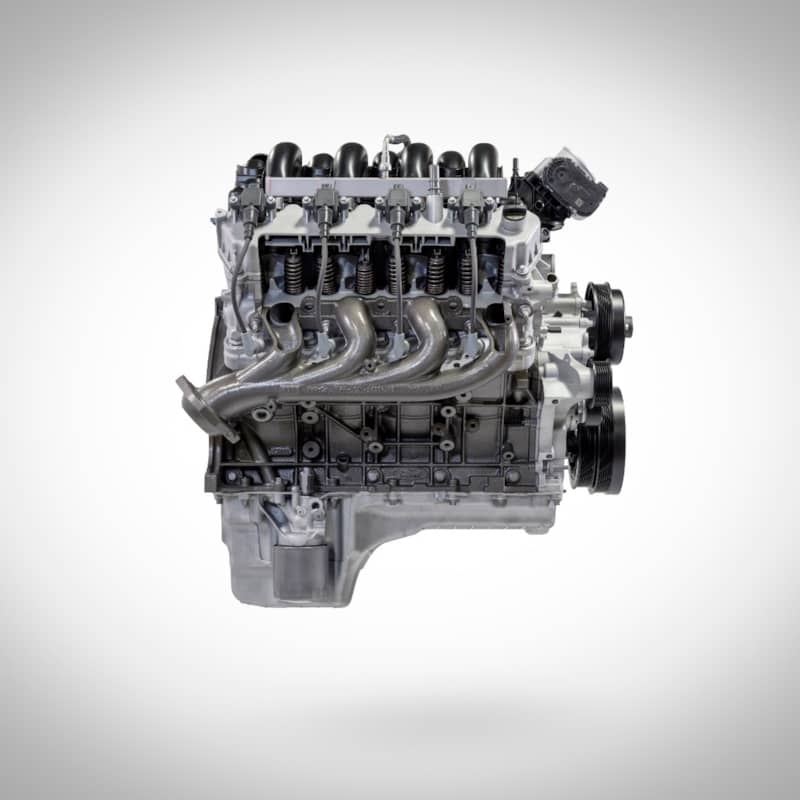
Durability and ease of maintenance are important factors to truck owners, especially those with fleets of trucks that require maintenance on a strict schedule for commercial use. The 7.3L also features oversized main bearings, a variable-displacement oil pump that allows for faster warm ups and better cooling and lubrication under heavy loads, and a forged steel crankshaft. So, while it is robust and oversimplified, it’s not without reason. Ford is responding to the demands of its market, which are easily serviced, workhorse engines that last as long as the truck does. Ford’s new 7.3L gasser will fall in line between the current gas offering, the 6.2L SOHC V8 and their available 6.7L Power Stroke turbo diesel power plant.

GM 6.6L V8 “L8T”
Also new to GM’s 2020 pickup truck lineup is the available 6.6L V8 gas engine that will replace the long-running 6.0L found in GM pickup trucks. Another offering that got hot rod fans excited, this 400-cubic inch engine is the latest big displacement V8 from GM that is slated for the Silverado and Sierra HD models. Based on the current 5th generation GM small block architecture, but with an iron block like it’s 6.0L cousin. GM advertises the new 6.6L with 401hp at 5,200rpm and 464ft-lb of torque at 4,000rpm. While offering less horsepower and torque than the Ford 7.3L, the GM 6.6L does have some perks.
The 6.6L offers direct injection, which is a class-exclusive feature, and therefore boasts a 10.8:1 compression ratio. It also has a new active oil pump, to assist in temperature control. Since this engine design is based on existing small block V8s in GM’s lineup, it’s likely to take better to modifications, and our prediction is the aftermarket support will be around sooner. But make no mistake; this is not a hot rod LS engine. The L8T was designed to be a workhorse like its predecessor.
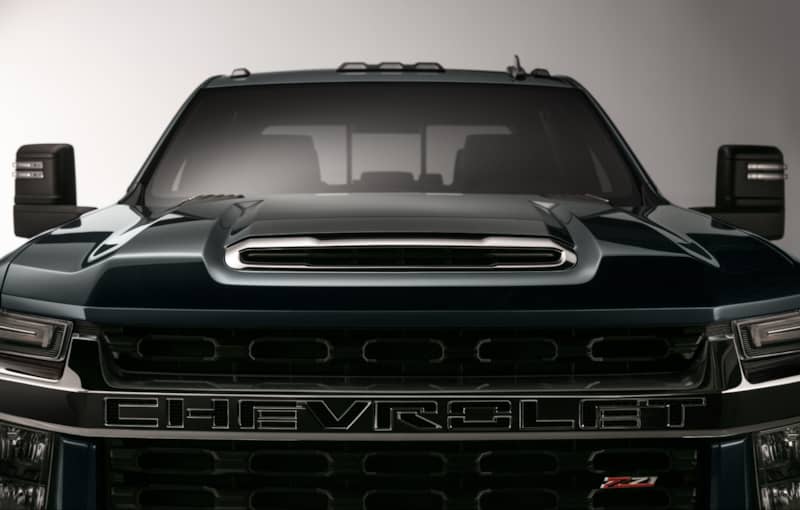
So, which one’s better? It’s all speculative at this point. The favoritism is already flying around the room, with GM fans claiming victory with a familiar platform that borrows design and engineering from proven engines. On the other hand, the Ford team is placing their bets on the company’s ability to design long-lasting workhorse big blocks reminiscent of the legendary 460. The truth is, until we can get behind the wheel of each, and put them to the real-world test, the jury is out on this one.
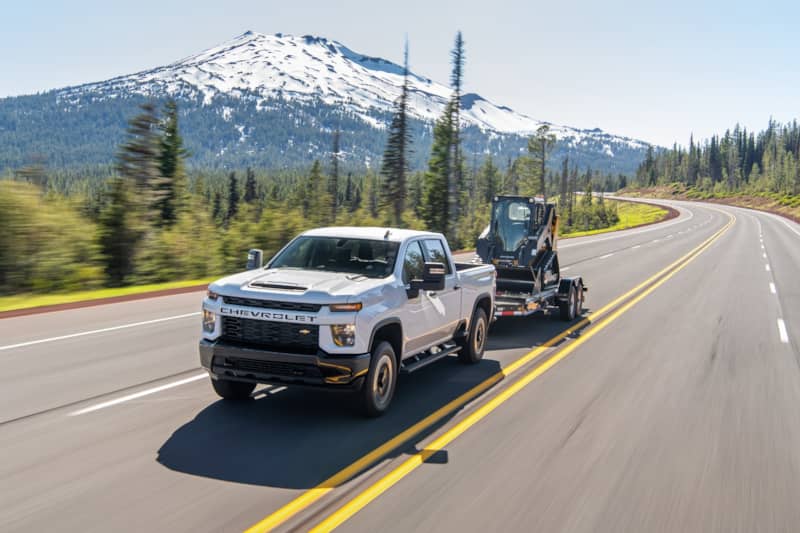
Both V8s have significant new technology that allows them to even exist in a 2020 truck to begin with, and both offer promising power levels to get the job done. The only variable that remains a mystery is the fuel economy of each. Since both of these engines will be offered in heavy duty pickup trucks, the manufacturers are not required to list their mpg rating. Guess you’ll just have to wait and see!
More From Driving Line
- Check out the all new 2020 Ford F250 Tremor!







